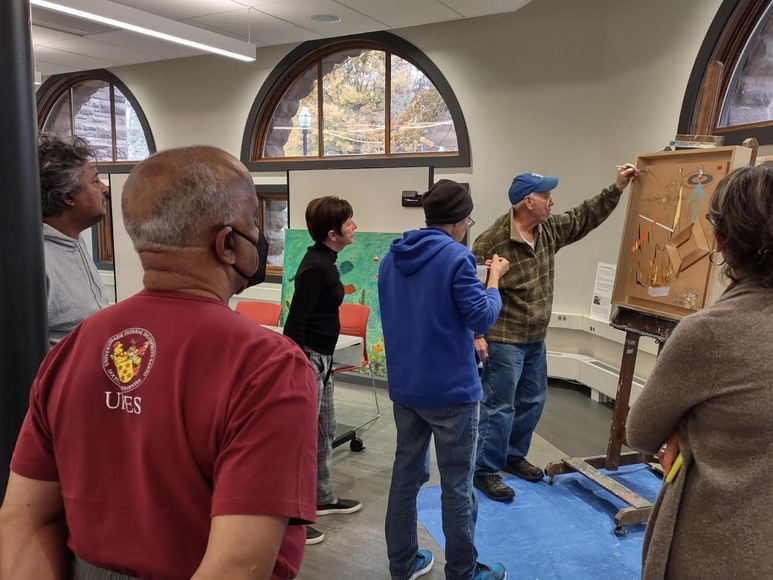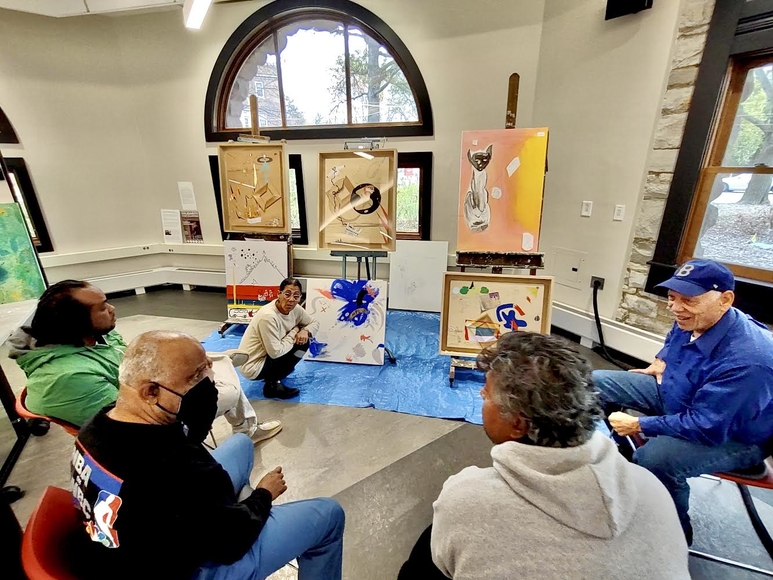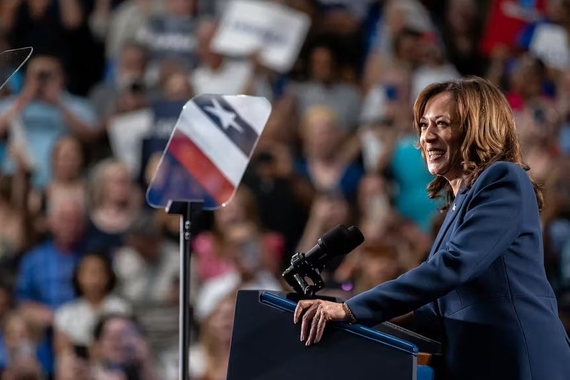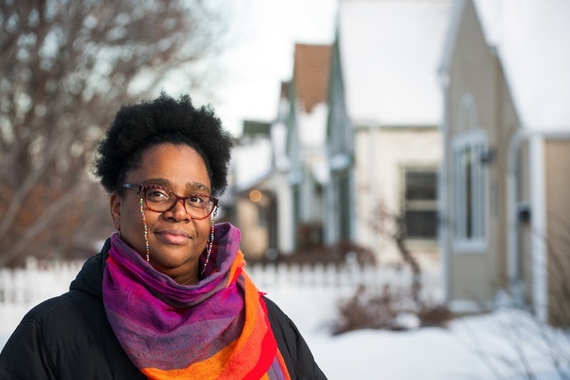Voice to Vision: Finding the Unexpected Significance in Survivor Stories
Art is full of meaning, sometimes in ways we don’t expect. David Feinberg, director of Voice to Vision—one of the Liberal Arts Engagement Hub’s 2022-2023 residencies—calls this surprise meaning “the unexpected significance.” This concept is what drives Voice to Vision in its abstract approach as they guide survivors and witnesses to discover and share more about their stories.
The Mission
Created in 2002 by Professor Emeritus David Feinberg and the late Steven Feinstein, Voice to Vision is a cultural exploration program with a simple mission: sharing the stories of genocide and human right abuse survivors and witnesses. The program started at the Center for Holocaust and Genocide Studies to help promote the narratives of genocide and human rights abuse survivors and witnesses in an artistic and expressive format. Currently, Voice to Vision is under the leadership of David Feinberg and Beth Andrews, with a team of collaborative storytellers and artists, currently based at The Hub in Pillsbury Hall.
Here, storytellers—survivors and witnesses who share their stories within the program—are given a canvas to draw whatever abstract thoughts and details about their stories, even if they can only draw in a stick-figure style.
Finding Truth in the Abstract
Voice to Vision’s mission is distinct from other creative autobiographical programs. Rather than focus on logic, the program emphasizes emotion—the hidden truth that even storytellers don’t realize is there until they stop thinking and simply create.
Regardless of skill level, anyone is welcome. When asked what they look for in storytellers, Feinberg answers simply: “Truth.” He continues, “When people try to come up with what they think is the ‘proper’ answer, they just regurgitate whatever they’ve been taught.” Voice to Vision, however, is not interested in the “proper” answer. They look for the unconventional answers that lie deep within the memories of people: the truth in their stories just waiting to be shared.
These untapped memories are why Voice to Vision’s art is layered in the abstract. In collaboration with The Hub, they give storytellers the space and unconditionality to not think; instead, the storytellers are guided by the memories and emotions that are buried deeper in the mind, bringing forth a truth the storytellers sometimes aren’t aware of until they start painting.
Feinberg says, “All art comes from the unconscious. The unconscious makes connections between the past and the present. Truth has to be found. Not contrived or preconceived. Seeking truth is the way to originality. The only true thing a person has is their unique perception of the world.” Voice to Vision allows this “unexpected significance” to lead the storytellers.
From a Storyteller’s Perspective
Thet Oo Maung, a storyteller of Voice to Vision and political threat survivor from Myanmar, says, “The whole world is abstract. When we are born, we understand nothing and enjoy everything.” That is, until we attach meaning to what we see. Maung came to Voice to Vision in an effort to share his story and, along the way, discovered new meanings and symbols to represent his memories. Through collaboration, he and the other survivors and witnesses help each other express their stories in ways they never would have created alone.
What Now?
When COVID-19 disrupted the world, it also disrupted Voice to Vision. With over 90 complete projects representing cultures from four continents since its creation in 2002, the program was forced to shut down. However, thanks to The Hub, Voice to Vision was revived. “We fit right in with what The Hub is doing. They have the same philosophies we do,” Feinberg states. With an open community engagement center of similar values like The Hub as their base, Voice to Vision is able to continue their expressive work and help survivors and witnesses share their stories to uncover their “unexpected significance.”
As for the future, Feinberg hopes to cast a greater spotlight on the program. In collaboration with the Center of Holocaust and Genocide Studies, the storytellers can share their art through exhibitions. More people will see the stories that exist in the world and discover what kind of truths can appear when expectations are surrendered.
In the two decades of Voice to Vision’s existence, over 200 storytellers have been able to discover and share their stories with the world, with more to come. “Voice to Vision is an idea,” says Feinberg. His hope is that it will continue long after him, as there will still be stories to tell and people to tell them.
Just as we don’t expect to find meaning in abstract art, we can never expect what significance someone’s story could have. The only way to find out is to let the unexpected happen. At Voice to Vision, the unexpected not only happens, but thrives.
Learn more about Voice to Vision by viewing their art library.
The Liberal Arts Engagement Hub
Voice to Vision is one of five Hub Residencies for the 2022-2023 academic year. The Liberal Arts Engagement Hub seeks to facilitate reciprocal and trusting partnerships between humanistic scholars in the arts, humanities, and social sciences and the community to respond to important social challenges.
Amanda Steepleton, program manager of The Hub, says, “I've been drawn to [Voice to Vision’s] process and the way they are so radically welcoming of everyone...I also think 'the unexpected significance' is a great metaphor for The Hub, especially as we're starting out. It's a reminder to trust the process and the people involved and remain open to what's possible. Because when we do that, we can land someplace far more powerful than anything we'd planned.”
Hub Residency partners in this project include David Feinberg, director of Voice to Vision, and the Center for Holocaust and Genocide Studies.
This story was written by an undergraduate student in CLA.





